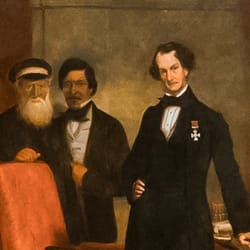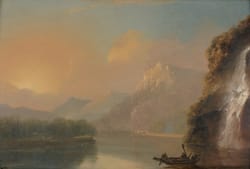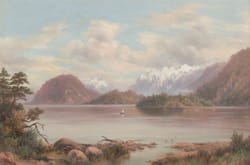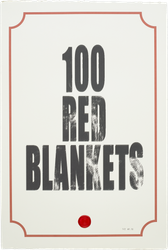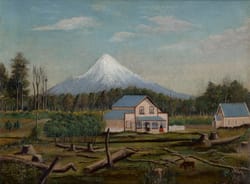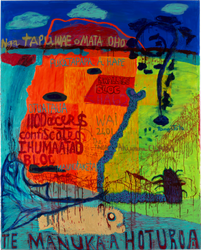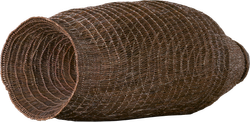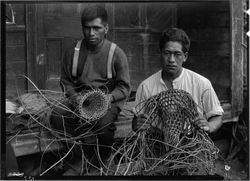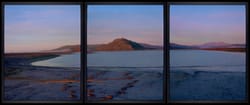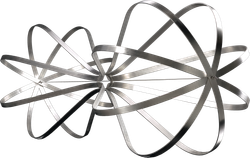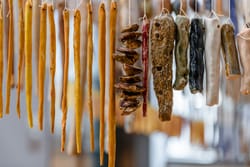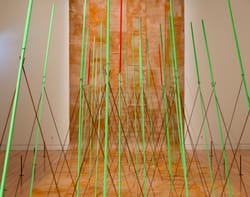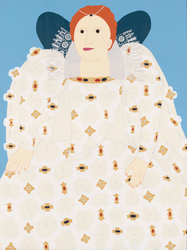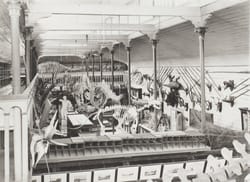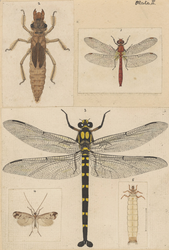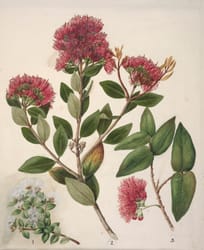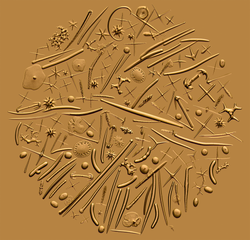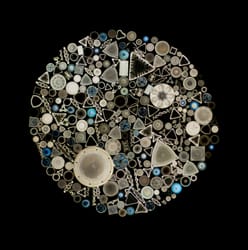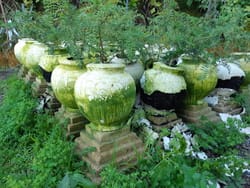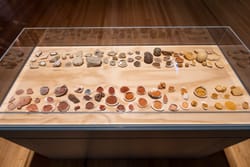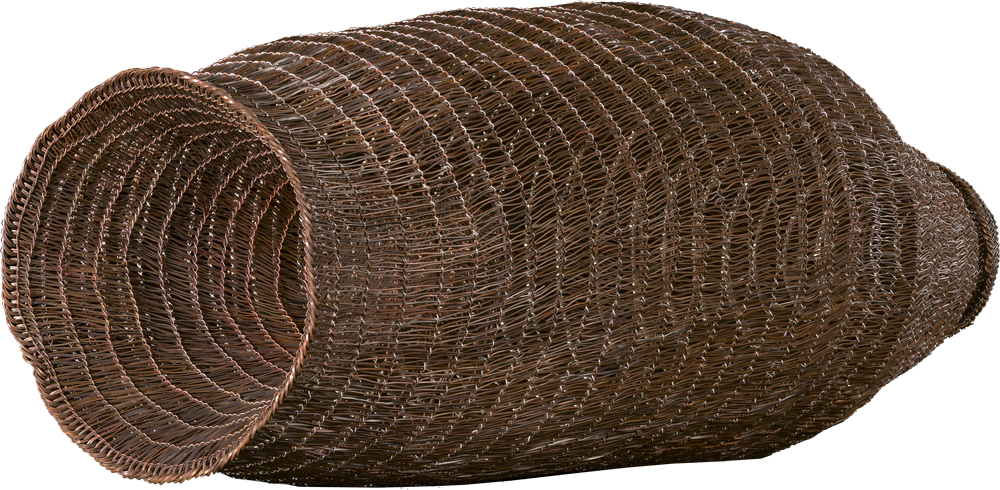
Close
MOANA
This exhibition is called Hīnaki: He Huritao Tikanga Mahi | Contemplation of a Form.
So, let’s pause for a moment and take in the different shapes and forms that are spaced around this gallery.
These woven shapes are hīnaki – eel traps made to be placed in rivers. Most of them were made by people whose names are not recorded.
Here’s curator Megan Tamati-Quennell.
MEGAN
Hīnaki are humble forms, but they are extraordinary in terms of design. They have gravitas as Māori forms, and are anchored a long way back in the culture.
MOANA
They’re built from natural materials from the bush, and they were made to be used. Some of them still carry mud from the river.
But two are hīnaki woven not from mānuka and muka, but from silver and copper wire.
These hīnaki are the work of Matthew McIntyre-Wilson.
MEGAN
Matthew McIntyre-Wilson is a younger artist – he’s been interested in hīnaki for a long time, and he wanted to learn how to make hīnaki, and he found that there was really no one to teach him.
And so, what he did was he went into museums and he started looking at the taonga [treasures] that were in the collections. He's a weaver anyway, and a jeweller, and kind of taught himself how to make hīnaki through observation.
MOANA
He is one of many artists who have admired hīnaki and who care about the wellbeing of the rivers from which they came.
MEGAN
For Matthew, his work is all about honouring those forms, honouring the makers of these taonga that you see around you, and relearning how to make them. His practice is about gaining that knowledge back.
MOANA
There are all kinds of connections between the artworks and taonga in this room – there are whakapapa [genealogy] connections, connections through time, and through the different awa [rivers] where the hīnaki were used.
They’re not necessarily stated out loud, but they are there.
Let’s explore some more of the relationships between the taonga and artworks in this gallery.
